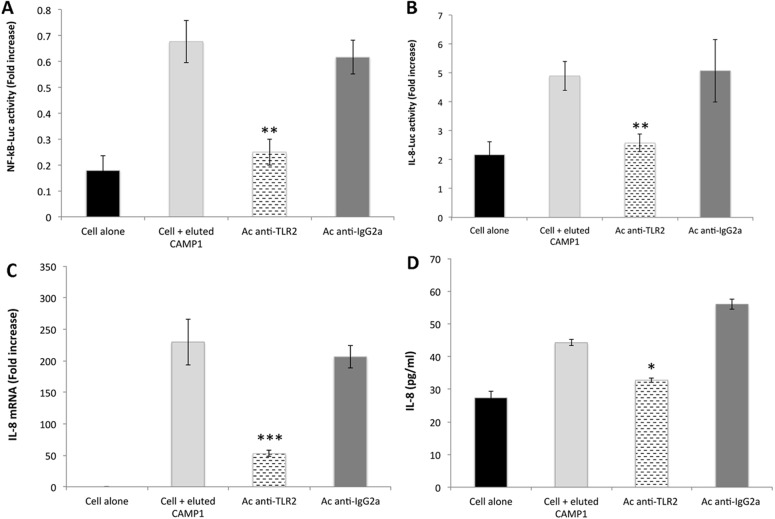Fig 7. TLR2 blockade inhibits P. acnes CAMP factor 1-induced CXCL8 expression.
Surface protein extracts were electrophoretically separated in 10% SDS-PAGE gels (13 x 13 cm), with detection by Coomassie blue staining. Proteins of interest were excised from the gel, eluted and pooled as described in the Materials and Methods. HaCaT cells were treated for 2 h with human anti-TLR2 (dashed bar) or with goat anti-IgGa antibodies (dark gray bar) and transfected by incubation for 24 h with NF-κB transcription factor (A) and CXCL8 (-173 bp) (B) inserted into a construct upstream from the luciferase gene, after which, an internal control (the Renilla luciferase expression plasmid) was added to the transfection mixture. Cell were stimulated with eluted CAMP factor 1 (50 μg/ml) for 24 h at 37°C. Relative NF-κB and CXCL8 promoter activities were determined as the ratio of firefly and Renilla luciferase activities. Pretreated HaCaT cells were stimulated by incubation with eluted CAMP factor 1 (50 μg/ml) for 24 h at 37°C, CXCL8 mRNA levels were determined by RT-qPCR (C), and CXCL8 production was measured by ELISA (D). Control experiments were performed with cells alone (dark bar) and with stimulated cells not previously treated with CAMP factor 1 (light gray bar). Data are presented as the mean ± standard deviation of two independent experiments. Statistical significance is indicated by * P ≤ 0.05, ** P ≤ 0.01, *** P ≤ 0.001, **** P ≤ 0.0001.

